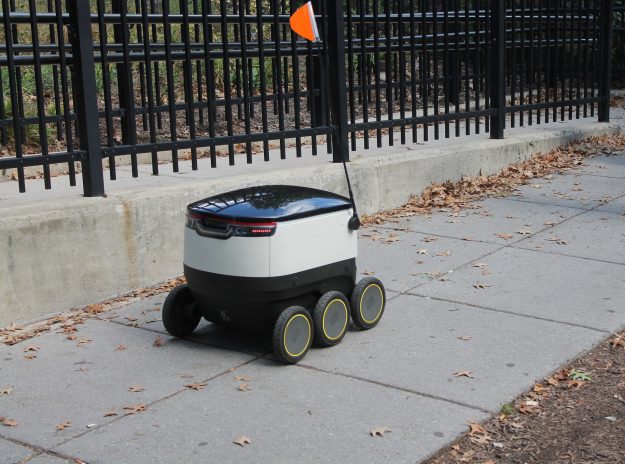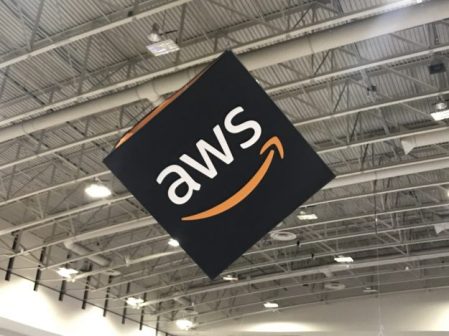Starship Technologies plans to put more delivery robots on city streets after new funding

Starship Technologies, the company behind the rolling delivery drones that are increasingly common sights on the sidewalks of Silicon Valley and Washington, D.C., announced Thursday it recently raised $25 million in additional funding. The company said it plans to use the cash injection to expand its U.S. operations.
The company also announced that it has hired Lex Bayer, previously the head of business development at Airbnb, as its new chief executive officer.
Starship’s drones are designed to lift, carry and deliver packages — often groceries and restaurant orders — within a two-mile radius in about an hour or less. In Washington, it’s partnered with the delivery apps Postmates and DoorDash.
The company, which was founded in Estonia in 2014, claims that its drones have been used in 100 cities across 20 countries, traveling more than 100,000 miles. Starship estimates that its robots have encountered 15 million people. The robots, while autonomous, are monitored by humans, who can take control at any time.
“Today’s announcement represents a major milestone,” Ahti Heinla, a Starship co-founder and chief technology officer, said in a press release. “With the start of our commercial rollout, additional funding and Lex joining the team, we are ready to take the business to new heights.“
Heinla’s aspirations come not long after D.C. relaxed its rules for delivery robots. After a year-long pilot that limited Starship to operating just five drones in only four ZIP codes, the city council passed legislation removing those restrictions and potentially opening the streets to dozens more robots. Still, that initial fleet was prolific: the company says they made thousands of deliveries. Starship also says it shared data collected during the pilot period with the city government.
Starship said it plans to deploy its new robots to more residential neighborhoods, commercial districts and university campuses in the cities where it operates.





